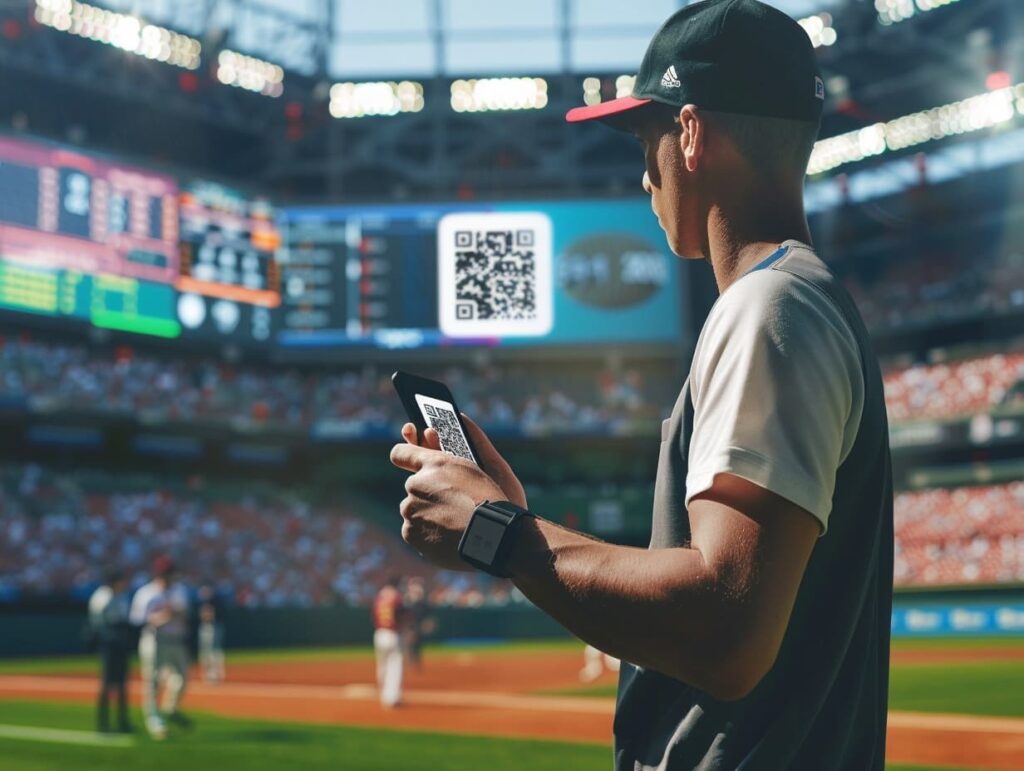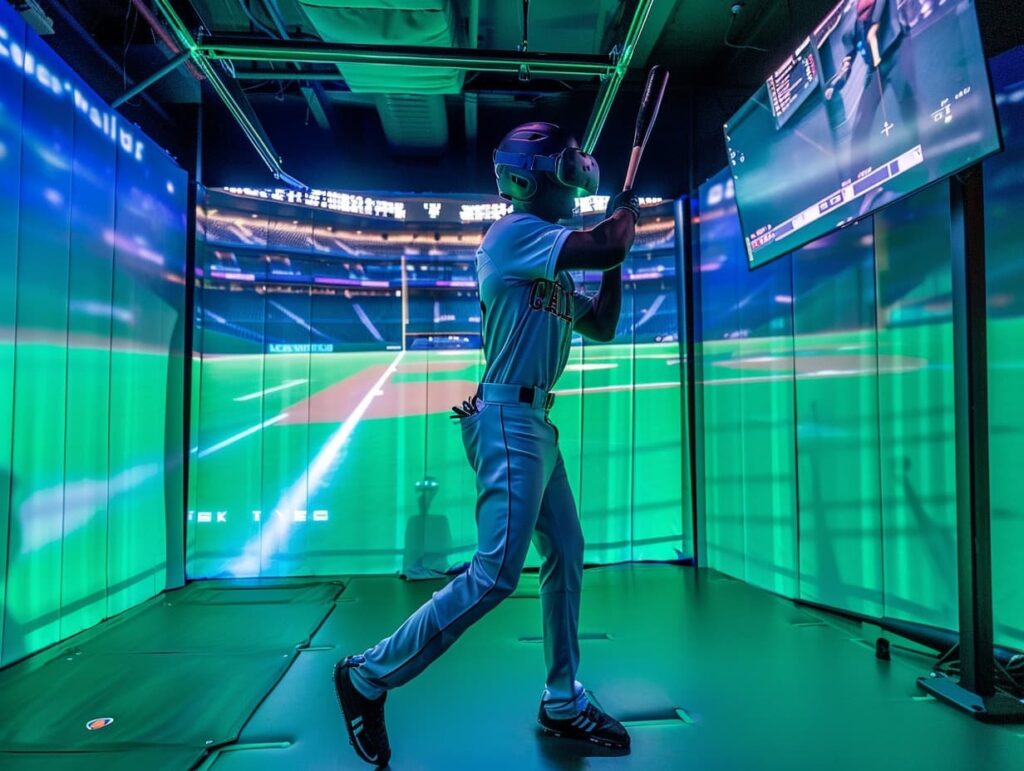Major League Baseball (MLB) attendance has dipped slightly over the past few years. To capture and retain fan interest, teams are embracing a new era of digital innovation, fundamentally changing the way the game is played, analyzed, and experienced.
Big Data and Analytics: From Scouting Diamonds to the Digital Sphere
Baseball has long relied on the keen eye of scouts to identify talent. Today, data-driven analysis is playing an increasingly important role. Teams are stockpiling vast amounts of data on players, from pitch tracking and batted ball metrics to swing mechanics. This data empowers them to:
- Unearth hidden gems: Statistical analysis can identify promising players who might be overlooked by traditional scouting methods. By delving deeper than batting averages and earned run averages, teams can find players with the potential to excel at the major league level. For instance, the use of on-base percentage (OBP) and slugging percentage (SLG) has become more prominent in identifying well-rounded hitters who can get on base and hit for power.
- Optimize strategies: Advanced analytics provide insight into opposing teams’ strengths and weaknesses. This allows coaches to tailor defensive positioning and offensive approaches to maximize their chances of winning. For example, analyzing a hitter’s spray chart (showing where they tend to hit the ball) can inform defensive shifts, placing fielders in optimal positions to make plays.
- Refine player development: By analyzing swing mechanics with high-speed cameras and motion sensors, teams can pinpoint areas for improvement in a hitter’s technique. This data can then be used to create personalized training programs to help hitters reach their full potential. By identifying flaws in a hitter’s swing path or bat speed, coaches can design drills to improve these areas and increase a hitter’s power and contact rate.

Wearable Tech: Unveiling the Athlete Within
Modern baseball players are no strangers to technology. Wearable sensors and trackers are becoming commonplace, capturing a wealth of in-game performance metrics. This data can include:
- Exit velocity and spin rate: These metrics provide valuable insights into the effectiveness of a pitcher’s throws and a hitter’s bat speed. Exit velocity measures the speed of the ball off the bat, and spin rate refers to the amount of rotation on a pitched ball. Both metrics can influence the success of a pitch or hit.
- Fatigue levels: Monitoring fatigue allows coaches to make informed decisions about substitutions and playing time, helping to prevent injuries and optimize player performance. By tracking metrics like heart rate and muscle oxygenation, trainers can identify when a player is approaching exhaustion and needs to be replaced.
VR and AR: Stepping Up to the Plate (Virtually) and Bringing the Game to Life
The world of baseball is not just limited to real-time data and wearable tech. Virtual Reality (VR) and Augmented Reality (AR) are emerging technologies that are transforming the way fans experience the game:
- VR Training: VR simulations can create realistic game-like scenarios for players to practice in. Hitters can face virtual pitchers throwing different pitches, while pitchers can hone their mechanics in a virtual stadium environment. This technology allows players to train year-round in realistic settings, improving their skills and decision-making abilities.
- Fan Engagement: AR overlays can be used to enhance the fan experience at the ballpark. Imagine pointing your phone at the batter and seeing their batting statistics overlaid on the screen. AR can also be used for interactive games and challenges, providing fans with a more immersive and engaging experience.
QR Codes: The Melding of Physical and Digital

QR codes are a versatile tool that can be used to bridge the gap between the physical world of baseball and the digital realm. By integrating QR codes into baseball cards, tickets, and even stadium signage, teams can create a more interactive fan experience. Here are a few ways QR codes are being used in baseball:
- Exclusive content: Fans can scan QR codes to access exclusive content, such as behind-the-scenes footage, player interviews, and interactive games.
- Enhanced profiles: QR codes on player cards can link to detailed player profiles with statistics, biographies, and even social media links.
- Interactive ballpark tours: Stadiums can use QR codes to create interactive tours that provide fans with historical information, concession stand menus, and even merchandise options.
Creating QR codes is simple and free with a QR code generator like QR Code Generator by MyQRCode. By incorporating QR codes into their marketing strategies, baseball teams can create a more engaging and interactive experience for their fans.
The Future of Baseball: A Digital Diamond
From data-driven analysis to immersive fan experiences, technology is rapidly changing the face of baseball. As these technologies continue to evolve, we can expect even more innovation in the years to come. The future of baseball is undoubtedly digital, with technology playing a crucial role in every aspect of the game, from player development and strategy to fan engagement and entertainment.